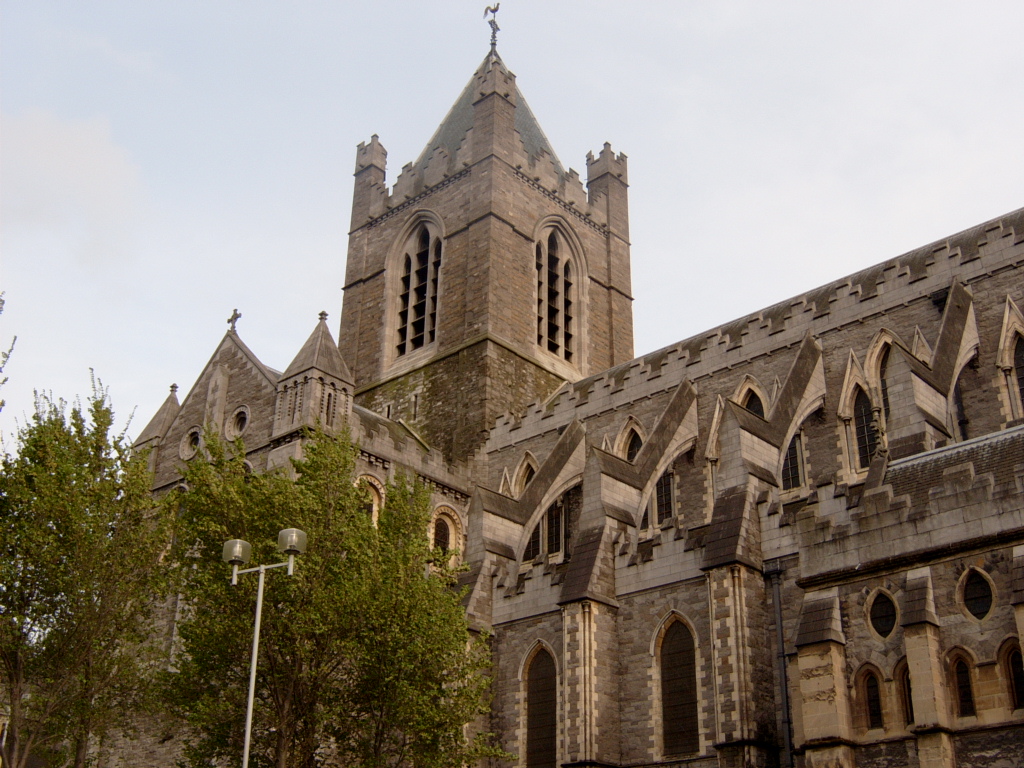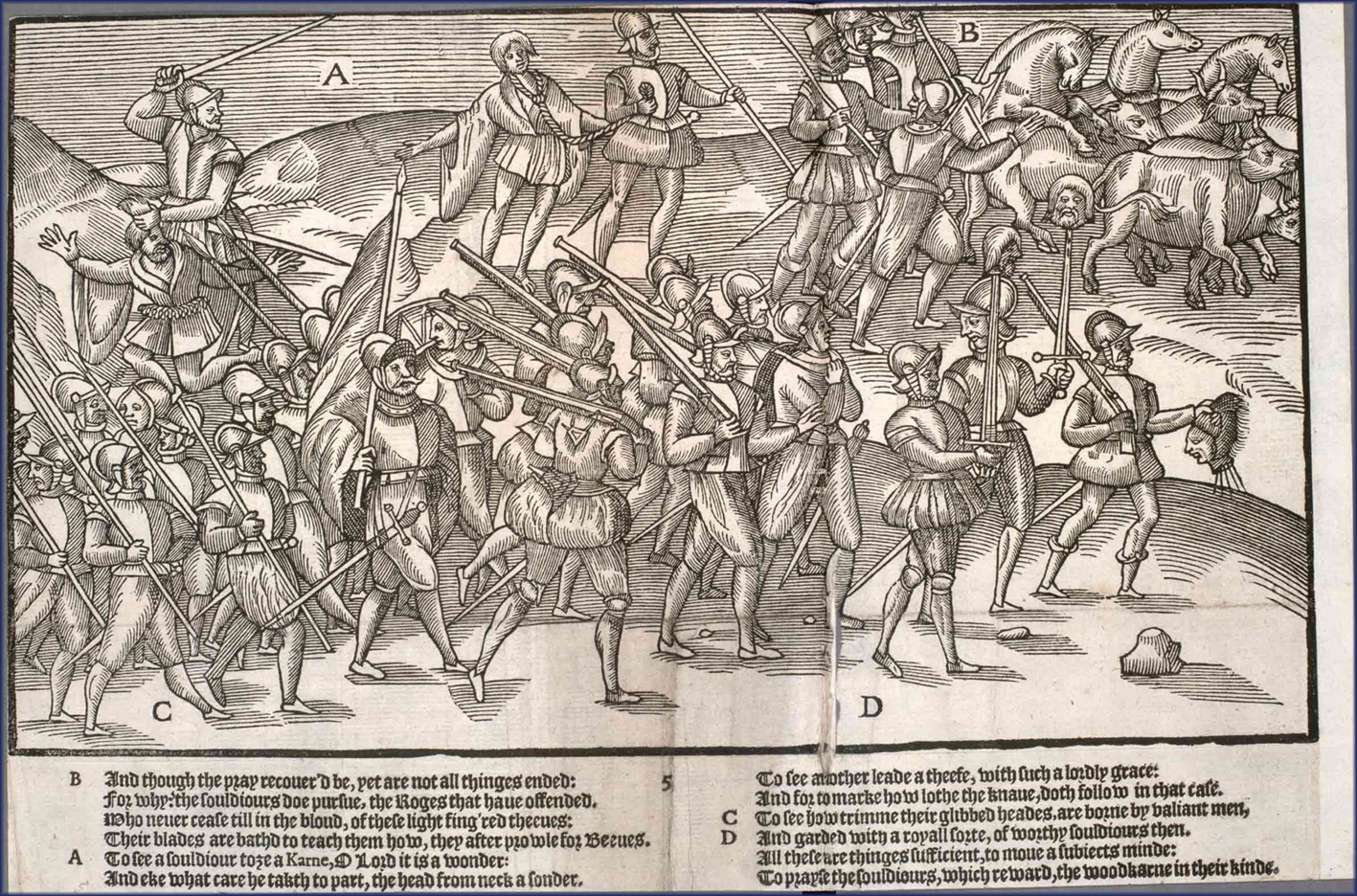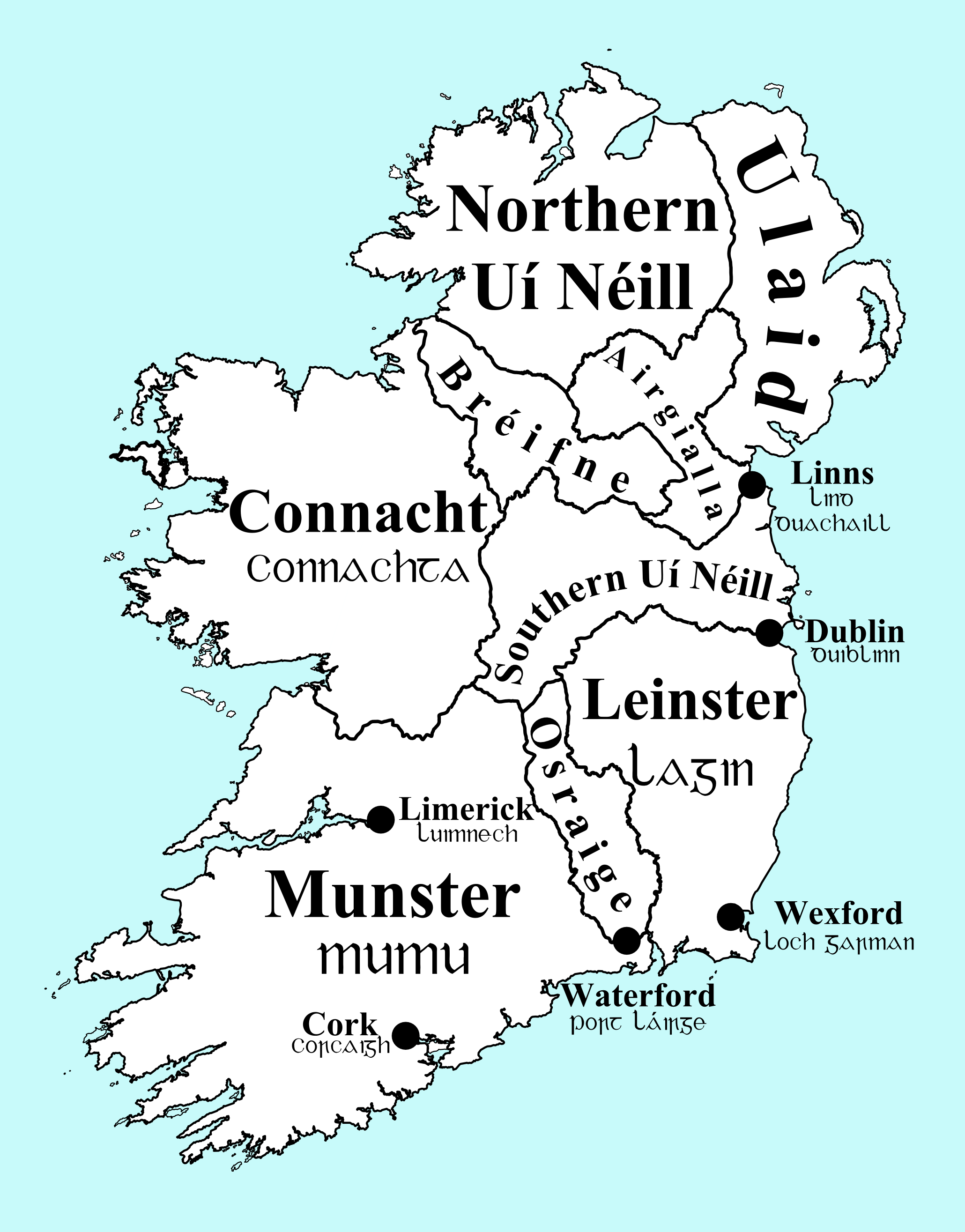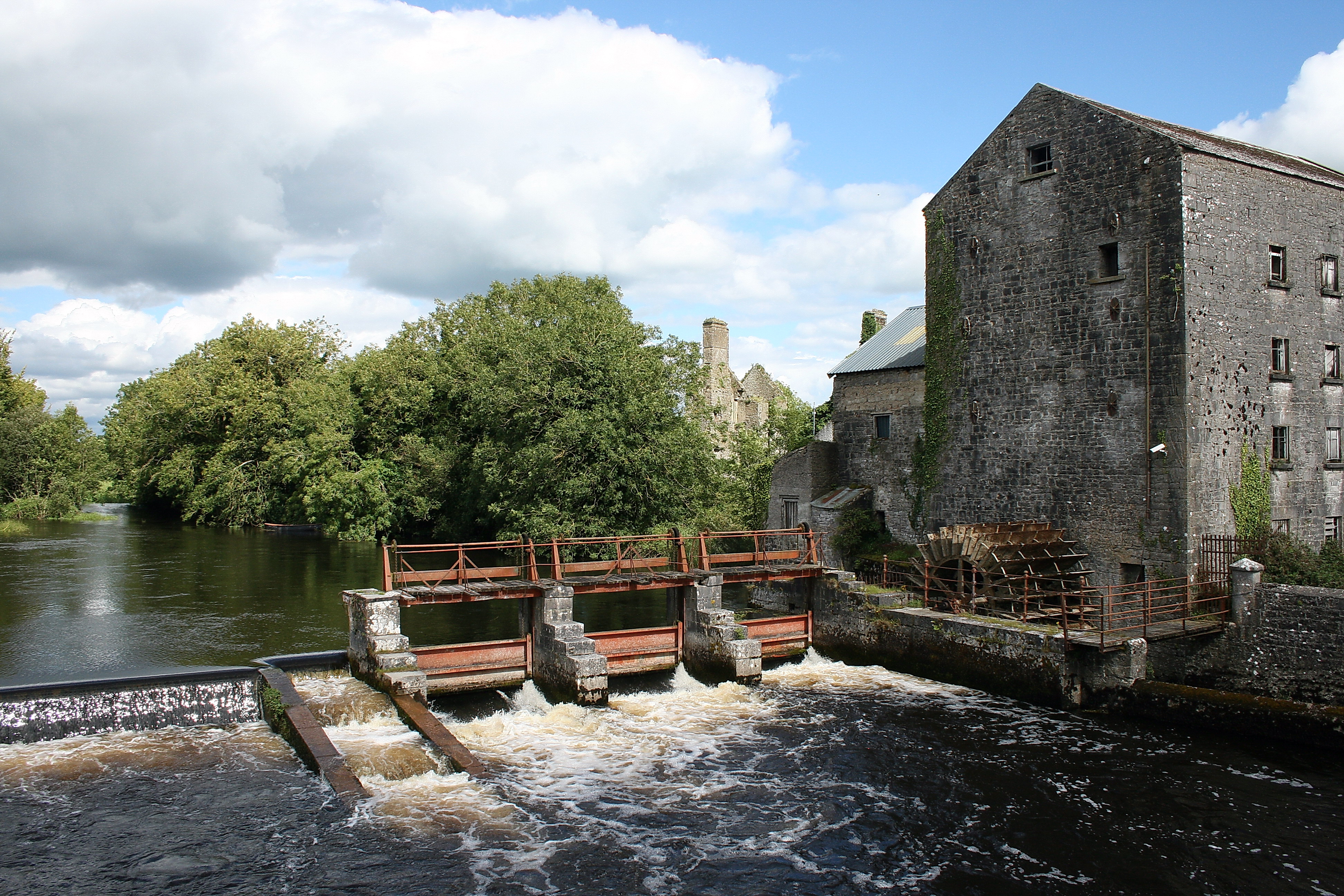|
Diocese Of Tuam, Limerick And Killaloe
The Diocese of Tuam, Limerick and Killaloe (full title The United Dioceses of Tuam, Killala, Achonry, Limerick, Ardfert, Aghadoe, Killaloe, Kilfenora, Clonfert, Kilmacduagh and Emly) is a diocese of the Church of Ireland that is located in the west of Ireland. The diocese was formed by a merger of the former Diocese of Tuam, Killala and Achonry and the former Diocese of Limerick and Killaloe in 2022, after the retirement of the separate dioceses' bishops and the appointment of Michael Burrows as bishop of the united diocese. It is in the ecclesiastical province of Dublin. It is one of the eleven Church of Ireland dioceses that cover the whole of Ireland. The largest diocese by area in the Church of Ireland, it covers all of counties Clare, Galway, Kerry, Limerick and Mayo, plus parts of counties Cork, Sligo, Roscommon, Offaly, Laois and Tipperary. Overview and history When the Church of England and the Roman Catholic Church broke communion, it was established by the state as ... [...More Info...] [...Related Items...] OR: [Wikipedia] [Google] [Baidu] |
Province Of Dublin (Church Of Ireland)
The United Provinces of Dublin and Cashel, commonly called the Province of Dublin, and also known as the ''Southern Province'', is one of the two ecclesiastical provinces that together form the Church of Ireland; the other is the Province of Armagh (Church of Ireland), Province of Armagh. The province has existed since 1833 when the ancient Province of Dublin (Roman Catholic), Province of Dublin was merged with the Province of Cashel. Its metropolitan bishop is the Archbishop of Dublin (Church of Ireland), Archbishop of Dublin. The cathedral of the United Provinces of Dublin and Cashel is the Christ Church Cathedral, Dublin, Christ Church Cathedral in Dublin. The cathedral is the elder of Dublin's two medieval cathedrals, the other being St. Patrick's Cathedral. The National Synod of the Church of Ireland, published in 1869, includes a statement from representatives of the Provinces of Dublin and Cashel. The statement asserts the independence of the provinces:Whereas, our provi ... [...More Info...] [...Related Items...] OR: [Wikipedia] [Google] [Baidu] |
County Kerry
County Kerry () is a Counties of Ireland, county on the southwest coast of Republic of Ireland, Ireland, within the Provinces of Ireland, province of Munster and the Southern Region, Ireland, Southern Region. It is bordered by two other counties; County Limerick, Limerick to the east, and County Cork, Cork to the south and east. It is separated from County Clare, Clare to the north by the Shannon Estuary. With an area of and a population of 156,458 as of 2022, it is the List of Irish counties by area, 5th largest of Ireland's 32 counties by land area, and the List of Irish counties by population, 15th most populous. The governing Local government in the Republic of Ireland, local authority is Kerry County Council. Bounded by the Atlantic Ocean, Kerry is Ireland's most westerly county. Its List of Irish counties by coastline, rugged coastline stretches for and is characterised by bays, sea cliffs, beaches and many small offshore islands, of which the Blaskets and the Skelligs a ... [...More Info...] [...Related Items...] OR: [Wikipedia] [Google] [Baidu] |
Kingdom Of Ireland
The Kingdom of Ireland (; , ) was a dependent territory of Kingdom of England, England and then of Kingdom of Great Britain, Great Britain from 1542 to the end of 1800. It was ruled by the monarchs of England and then List of British monarchs, of Great Britain, and was Dublin Castle administration, administered from Dublin Castle by a viceroy appointed by the English king: the lord deputy of Ireland. Aside from brief periods, the state was dominated by the Protestant English (or Anglo-Irish people, Anglo-Irish) minority, known as the Protestant Ascendancy. The Protestant Church of Ireland was the state church. The Parliament of Ireland was composed of Anglo-Irish nobles. From 1661, the administration controlled an Irish Army (1661–1801), Irish army. Although ''de jure'' styled as a kingdom, for most of its history it was ''de facto'' an English Dependent territory, dependency (specifically a viceroyalty). This status was enshrined in the Declaratory Act 1719, also known as th ... [...More Info...] [...Related Items...] OR: [Wikipedia] [Google] [Baidu] |
Roman Catholic Church
The Catholic Church (), also known as the Roman Catholic Church, is the List of Christian denominations by number of members, largest Christian church, with 1.27 to 1.41 billion baptized Catholics Catholic Church by country, worldwide as of 2025. It is among the world's oldest and largest international institutions and has played a prominent role in the history and development of Western civilization.Gerald O'Collins, O'Collins, p. v (preface). The church consists of 24 Catholic particular churches and liturgical rites#Churches, ''sui iuris'' (autonomous) churches, including the Latin Church and 23 Eastern Catholic Churches, which comprise almost 3,500 dioceses and Eparchy, eparchies List of Catholic dioceses (structured view), around the world, each overseen by one or more Bishops in the Catholic Church, bishops. The pope, who is the bishop of Rome, is the Papal supremacy, chief pastor of the church. The core beliefs of Catholicism are found in the Nicene Creed. The ... [...More Info...] [...Related Items...] OR: [Wikipedia] [Google] [Baidu] |
Church Of England
The Church of England (C of E) is the State religion#State churches, established List of Christian denominations, Christian church in England and the Crown Dependencies. It is the mother church of the Anglicanism, Anglican Christian tradition, tradition, with foundational doctrines being contained in the ''Thirty-nine Articles'' and ''The Books of Homilies''. The Church traces its history to the Christian hierarchy recorded as existing in the Roman Britain, Roman province of Britain by the 3rd century and to the 6th-century Gregorian mission to Kingdom of Kent, Kent led by Augustine of Canterbury. Its members are called ''Anglicans''. In 1534, the Church of England renounced the authority of the Papacy under the direction of Henry VIII, beginning the English Reformation. The guiding theologian that shaped Anglican doctrine was the Reformer Thomas Cranmer, who developed the Church of England's liturgical text, the ''Book of Common Prayer''. Papal authority was Second Statute of ... [...More Info...] [...Related Items...] OR: [Wikipedia] [Google] [Baidu] |
County Tipperary
County Tipperary () is a Counties of Ireland, county in Republic of Ireland, Ireland. It is in the Provinces of Ireland, province of Munster and the Southern Region, Ireland, Southern Region. The county is named after the town of Tipperary (town), Tipperary, and was established in the early 13th century, shortly after the Norman invasion of Ireland. It is Ireland's largest inland county and shares a border with eight counties, more than any other. The population of the county was 167,895 at the 2022 census. The largest towns are Clonmel, Nenagh and Thurles. Tipperary County Council is the local government in the Republic of Ireland, local authority for the county. In 1838, County Tipperary was divided into two Riding (division), ridings, North Tipperary, North and South Tipperary, South. From 1899 until 2014, they had their own county councils. They were unified under the Local Government Reform Act 2014, which came into effect following the 2014 Irish local elections, 2014 loca ... [...More Info...] [...Related Items...] OR: [Wikipedia] [Google] [Baidu] |
County Laois
County Laois ( ; ) is a county in Ireland. It is part of the Eastern and Midland Region and in the province of Leinster. It was known as Queen's County from 1556 to 1922. The modern county takes its name from Loígis, a medieval kingdom. Historically, it has also been known as County Leix. Laois County Council is the local authority for the county, and is based in Portlaoise. At the 2022 census, the population of the county was 91,657, an increase of 56% since the 2002 census. History Prehistoric The first people in Laois were bands of hunters and gatherers who passed through the county about 8,500 years ago. They hunted in the forests that covered Laois and fished in its rivers, gathering nuts and berries to supplement their diets. Next came Ireland's first farmers. These people of the Neolithic period (4000 to 2500 BC) cleared forests and planted crops. Their burial mounds remain in Clonaslee and Cuffsborough. Starting around 2500 BC, the people of the Bronze Age lived ... [...More Info...] [...Related Items...] OR: [Wikipedia] [Google] [Baidu] |
County Offaly
County Offaly (; ) is a Counties of Ireland, county in Republic of Ireland, Ireland. It is part of the Eastern and Midland Region and the Provinces of Ireland, province of Leinster. It is named after the Ancient Ireland, ancient Kingdom of Uí Failghe. It was formerly known as King's County, in honour of Philip II of Spain. Offaly County Council is the Local government in the Republic of Ireland, local authority for the county. The county population was 82,668 at the 2022 census. Geography and political subdivisions Offaly is the 18th largest of Ireland's 32 counties by area and the 24th largest in terms of population. It is the fifth largest of Leinster's 12 counties by size and the tenth largest by population. Physical geography Tullamore is the county town and largest town in Offaly and is the List of urban areas in the Republic of Ireland, 30th largest in Ireland. Offaly borders seven counties: County Galway, Galway, County Roscommon, Roscommon, County Tipperary, Tippe ... [...More Info...] [...Related Items...] OR: [Wikipedia] [Google] [Baidu] |
County Roscommon
County Roscommon () is a Counties of Ireland, county in Republic of Ireland, Ireland. It is part of the province of Connacht and the Northern and Western Region. It is the List of Irish counties by area, 11th largest Irish county by area and List of Irish counties by population, 26th most populous. Its county town and largest town is Roscommon. Roscommon County Council is the Local government in the Republic of Ireland, local authority for the county. The population of the county was 69,995 as of the 2022 census. Etymology County Roscommon is named after the county town of Roscommon. Roscommon comes from the Irish ''Ros'' meaning a wooded, gentle height and ''Coman mac Faelchon, Comán'', the first abbot and bishop of Roscommon who founded the first monastery there in 550 AD. Geography County Roscommon has an area of . Lough Key in north Roscommon is noted for having thirty-two islands. The geographical centre of Ireland is located on the western shore of Lough Ree in the south ... [...More Info...] [...Related Items...] OR: [Wikipedia] [Google] [Baidu] |
County Sligo
County Sligo ( , ) is a Counties of Ireland, county in Republic of Ireland, Ireland. It is in the Northern and Western Region and is part of the Provinces of Ireland, province of Connacht. Sligo is the administrative capital and largest town in the county. Sligo County Council is the Local government in the Republic of Ireland, local authority for the county. The population of the county was 70,198 at the 2022 census of Ireland, 2022 census. It is noted for Benbulben Mountain, one of Ireland's most distinctive natural landmarks. History The county was officially formed in 1585 by Sir Henry Sidney, Lord Deputy of Ireland, but did not come into effect until the chaos of the Nine Years' War (Ireland), Nine Years' War ended, in 1603. Its boundaries reflect the Ó Conchobhair Sligigh confederation of Lower Connacht () as it was at the time of the Elizabethan conquest. This confederation consisted of the tuatha, or territories, of Cairbre Drom Cliabh, Cairbre Drumcliabh, Tír Fhíacr ... [...More Info...] [...Related Items...] OR: [Wikipedia] [Google] [Baidu] |






